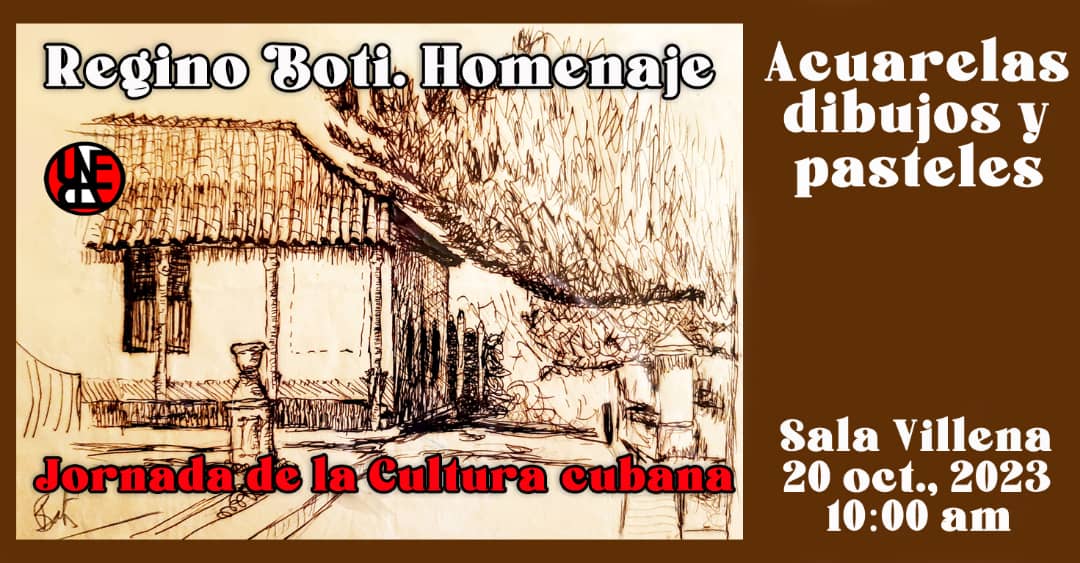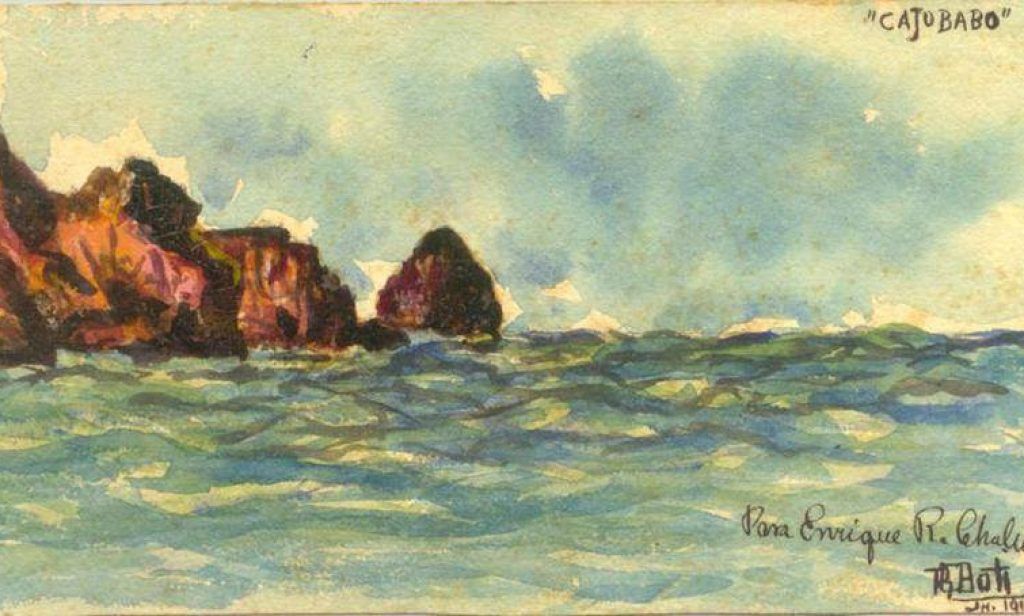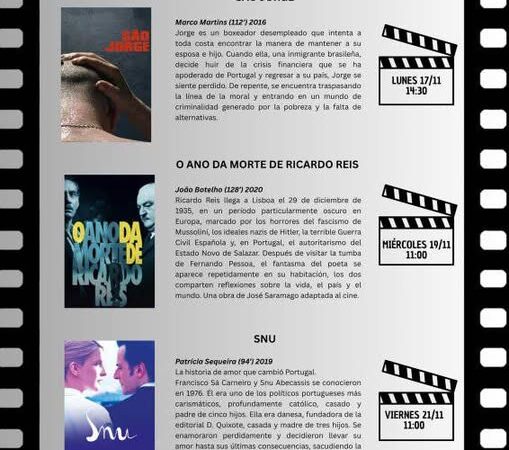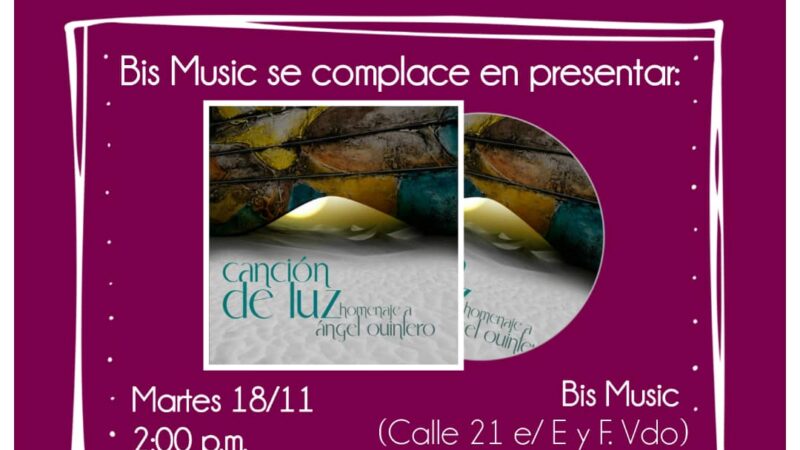Watercolours, drawings and pastels by Regino Boti at Uneac to celebrate Cuba’s National Day of Culture

The exhibition Watercolours, Drawings and Pastels, inaugurated at the Villena Hall of the Union of Writers and Artists of Cuba (Uneac) on the occasion of Cuba’s National Day of Culture, includes more than 30 works. The exhibition is made up of a selection of paintings by Regino Boti.
This intellectual from Guantánamo, who is considered one of the most important literary voices in Cuba at the beginning of the 20th century, has a rich and almost unknown oeuvre of paintings that he developed in parallel with his literary work, according to the art critic Jorge Núñez Motes.
In his introduction to the catalogue, Núñez Motes points out that «when Boti names or paints a place, a geographical feature or a building, he does so in order to protect it, to keep it, to preserve it and to quintessentially express it, in an unusual demonstration of love for his environment. This offers the possibility of approaching many of the keys to his creative corpus, whether it be in the highly synthetic drawings, the impressive watercolours or the unimaginable pastels.
Regino Boti’s beginnings as a painter were in Barcelona, where he was a student at the Colegio de Vilar between 1895 and 1897. His work in the plastic arts reflects a fidelity to academic realism. In Cuba, this was associated with the lines of Sanz Carta and contrasted with the romanticism of the Chartrand family.

Watercolours, drawings and pastels, an exhibition that opens on 20 October, is also a tribute to the outstanding poet, essayist and teacher from Guantánamo. It will also be a space to appreciate his varied pictorial oeuvre.
At the same time, in the Arethusa Room, and in homage to the 145th anniversary of the birth of this outstanding creator and intellectual, the Uneac in Guantánamo proposes the conference The Cuban in the work of Regino Boti, given by the narrator Ana Luz García Calzada, who will analyse the influences and environment in which he developed his work.
Regino E. Boti (Guantánamo, 1878-1958) was a poet, essayist, painter, educator and teacher who studied law, philosophy and literature. He worked as a diarist, notary, headmaster, professor and electoral secretary.
He was a member of the Historical Academy in Havana and the Royal Spanish-American Academy of Sciences and Arts in Cádiz. He died the same year he joined the Cuban Academy of Language. His poetry includes Arabescos mentales (1913), El mar y la montaña (1921), La torre del silencio (1926), Kodak-ensueño (1929) and Kindergarten (1930). His works were published in the most important magazines and publications of the period: El Pensil, Oriente literario, El Cubano Libre, Orto, Cuba, América, Revista de Avance and others.
Source: Union of Writers and Artists of Cuba
Translated by Luis E. Amador Dominguez



